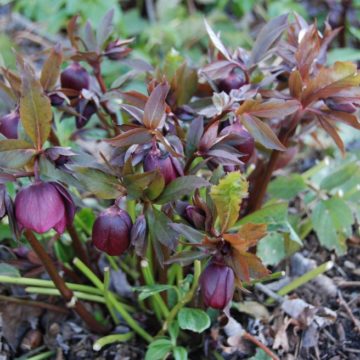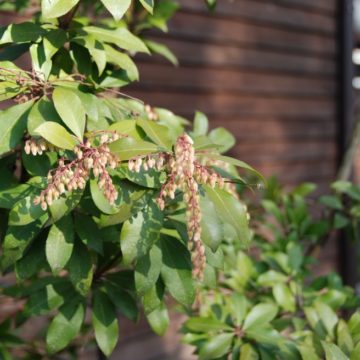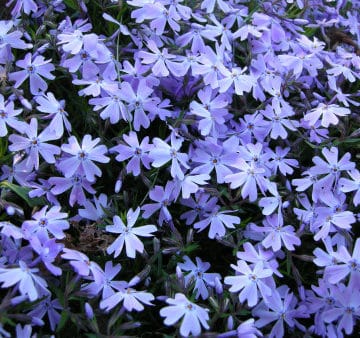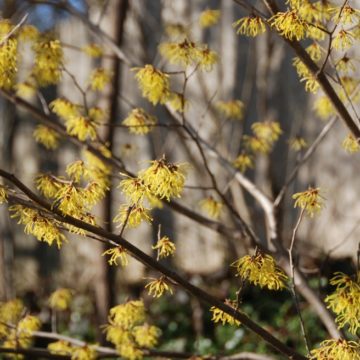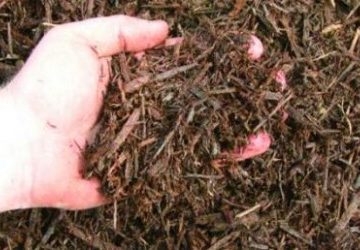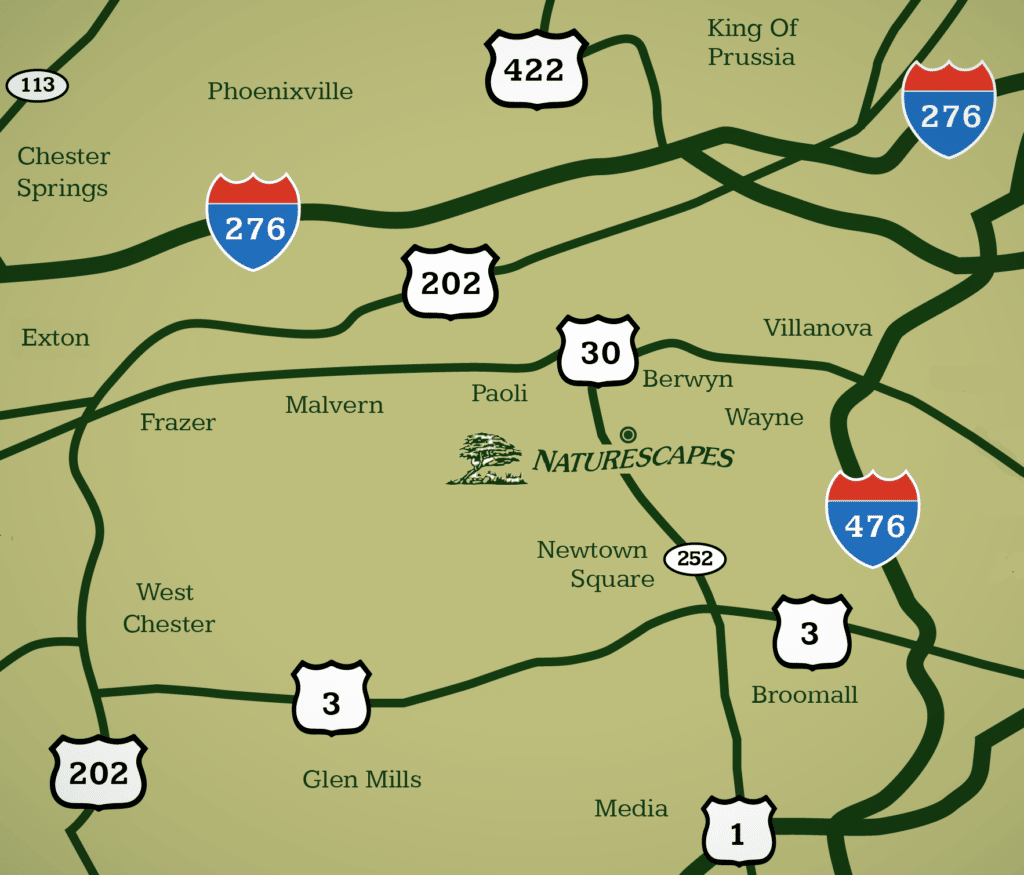Spring is officially here, and if you haven’t started planning your landscaping for the year, now is the time! Naturescapes presents 5 simple things to do to your garden this spring. Following our helpful hints will have you on the way to creating your dream garden. If you need any help with natural landscaping, we would be happy to help.
- Clean out beds.
- Fertilize.
- Apply a pre-emergent.
- Edge beds.
- Mulch.
1.The first thing to do is clean up all the branches, leaves and debris, etc. that remain from the fall or that Ol’ Man Winter left for you.
2. Next it’s a good idea to apply nutrients to your soil – not just the plants. The soil needs nutrients, too. Applying nutrients to the soil encourages beneficial soil bacteria and insect activity. It helps the plants develop ‘root & shoot’ growth. If you don’t have a supply of compost, use something as close to a 100% organic soil nutrient. You can buy Holly Tone or Plant Tone from the Espoma Corp., which is about 75% organic.
DO NOT USE CHEMICAL FERTILIZERS. Chemical fertilizers can burn plants, cause excessive growth, and ruin the soil plus lots more bad stuff.
3. The next step is to put down 100% organic pre-emergent that prohibits annual weeds from germinating. DO NOT USE CHEMICAL PRE-EMERGENTS. We use corn gluten meal, which is available at better garden centers. Corn gluten meal is also good for your lawn crabgrass control if put down when the Forsythias are blooming. It adds a minor fertilizing too.
4. Edge beds (unless it’s a woodland garden). A finely edged bed separates lawn areas from the garden – and – makes it more visibly distinctive. Remember when you mow your grass to blow the grass clippings away from, not in, the beds.
5. Lastly put down a light (1”) top dressing of organic mulch. The absolute best to use is shredded composted leaves; however, a finely shredded bark mulch will do nicely. We use triple shredded hardwood back mulch with 15% leaf material. It’s naturally dark brown, breaks down to further enrich the soil, keeps the roots cooler and moister while it inhibits weed growth. DO NOT USE DYED MULCH. Often dyed mulch consists of ground up structural lumber, often with chromium, copper and arsenic from pressure treated stock. Dyed mulches do not break down and can contaminate the soil.
Have fun and enjoy your gardens!
If you are looking for some landscape inspiration check out our photo gallery.
